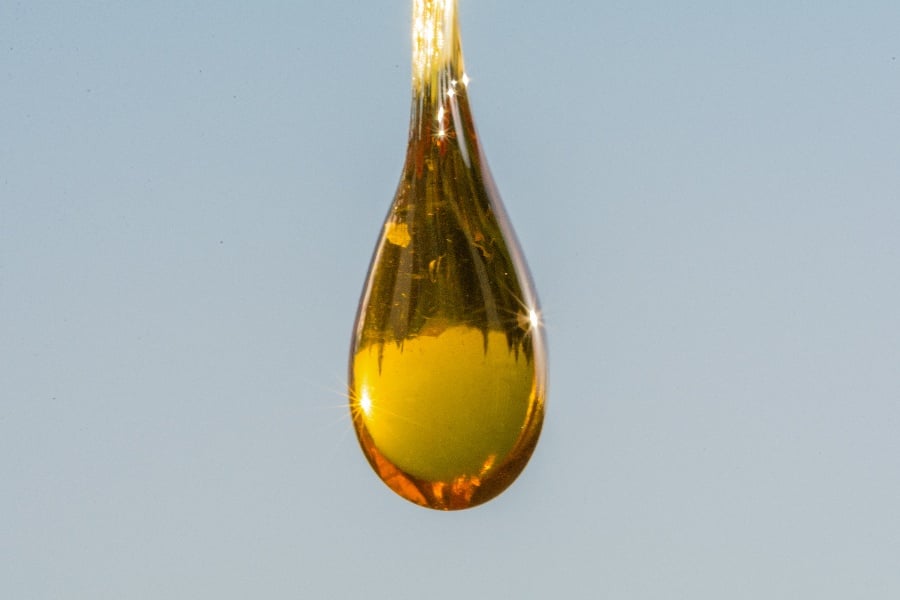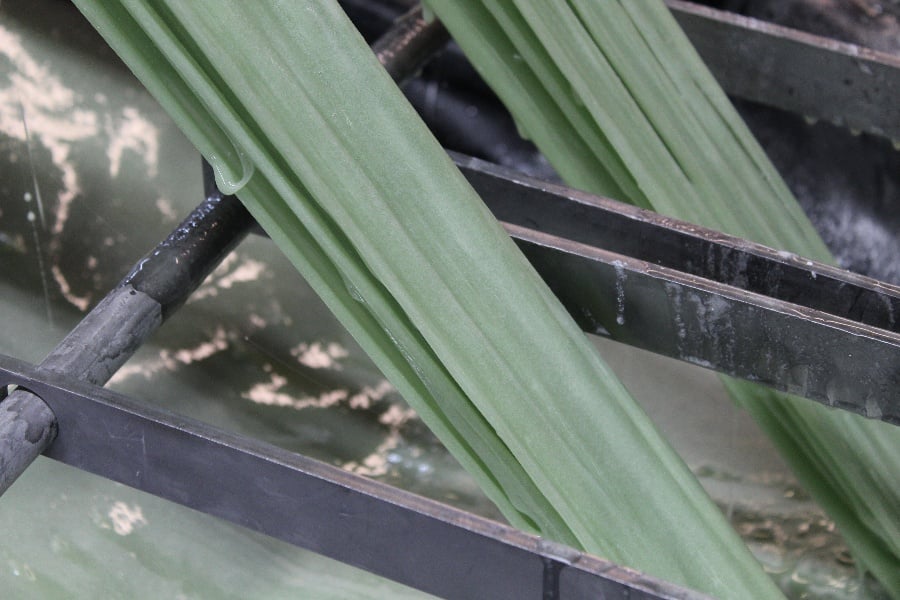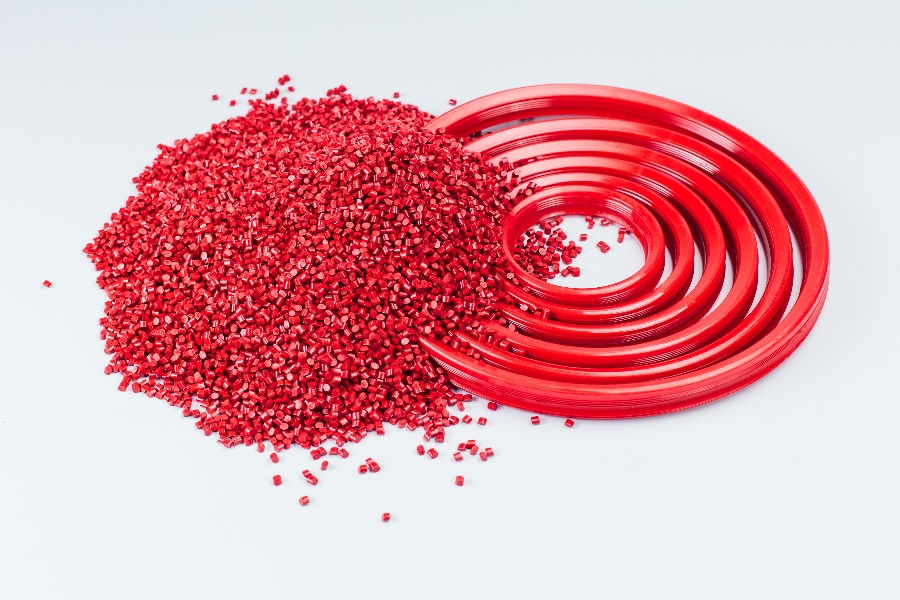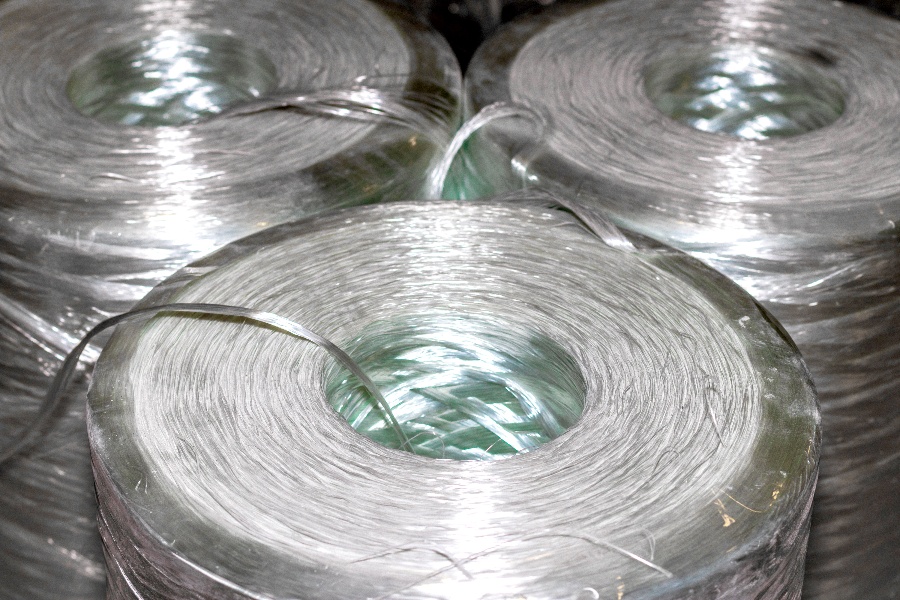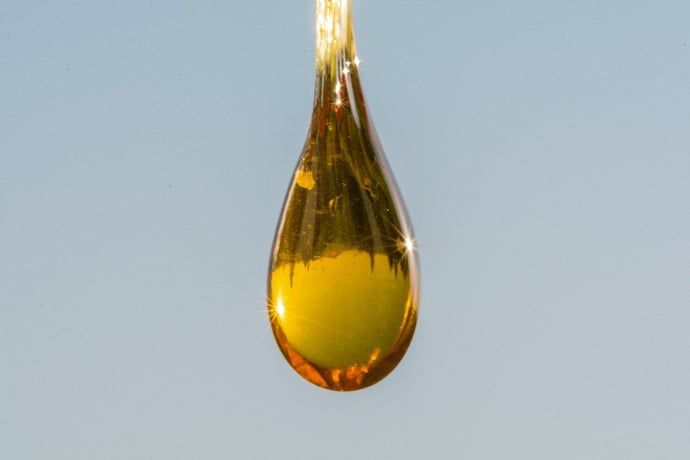
In the last few years, pultruded products have become increasingly popular. In the years to come, results of recent surveys have found that these products are expected to become even more popular in the global manufacturing market.
Pultruded products pack a number of appealing features. For instance, they are extremely durable and environmentally friendly. Other properties of pultruded products can be attributed to the specific resins used in the manufacturing process. The beauty of pultrusion is that profiles can be manufactured specifically to meet a particular need. For example, if you need profiles that are fire-resistant, there is Tencom’s fire retardant polyester, Vinyl Ester, Phenolic, or Polyurethane resin systems.
According to Verified Market Research, in 2020, the pultrusion market was valued at US$2 billion and is projected to reach $3.19 billion by 2028. Currently, the market is projected to grow at a compound annual growth rate (CAGR) of 4.9% from 2021 to 2028.
With pultrusion, there are a number of resins to choose from so it is important to make the right selection between the different resins as each (resin) can affect the strength, durability, life span of the product and cost of the profiles. They have different chemical compositions and physical properties. Before deciding to choose one or the other for your particular application, have a clear idea of the demands of your application ─ for example, fire resistance, corrosion resistance, UV resistance and so on. Understanding the strengths of each resin will help you narrow down the list of critical material performance factors required from the final product to help inform your selection.
In this post, we look at three pultrusion resins: polyester, phenolic and vinyl ester. We’ve already covered polyurethane and epoxy.
Different Types of Pultrusion Resins
In the pultrusion process, common thermoset resins include:
- Polyester Resins
i. During the building of polymer chains, polyester resins are highly customizable. Pultruded products made using polyester resins tout excellent versatility and can be used in the manufacture of anything composite.
Depending on the structure of their building blocks, other than versatility, these pultrusion resins pack other desirable features, which make them even more popular. Words like Acrylated, Terephthalic, Neopentyl Glycol, Aliphatic, and others are adaptions to the Polyesters that represent means of improvement for weathering, fatigue, flexibility, and toughness.
ii. Premium polyester resins, also known as Isophthalic polyester, boast excellent resistance to corrosion. Therefore, they are a popular option to be used in applications that are installed in highly corrosive and harsh environments.
By contrast, general polyester resins have average water resistance and are used in the fabrication of products used in less corrosive environments. The downside to polyester resins is that they give off a strong odor during the pultrusion process.
- Vinyl Ester Resins
Vinyl pultrusion resins are the preferred option where long-term durability is a requirement. Generally, the faster a pultrusion resin can cure, the better the mold turnaround and also the production rates. Vinyl ester resin is developed through a series of chemical reactions that begin by the esterification of the desired epoxy resin and methacrylic acid.
In fact, vinyl ester resin is a sought-after pultrusion resin as it offers exceptional moisture resistance, and also premium corrosion resistance. Either bisphenol-A or novolac chemistry with methacrylic acid is used to form the polymer. These characteristics make them ideal for the production of marine and coastal products like corrosion-resistant tanks and pipes and other components.
Vinyl esters can be stretched and bond to core materials much more effectively than some polyesters and delamination may be less of an issue. When compared to some polyester, vinyl esters are less sensitive to temperature and humidity.
- Phenolic Resins
As the name suggests, phenolic resins are phenol-based. This means they cure through a condensation reaction. Phenol-based resins boast outstanding fire resistance and low-smoke emission properties.
For this reason, phenolic resins are commonly employed as adhesives or matrix binders and are some of the best pultrusion resins for FRP products. In addition, phenolic resins also have outstanding sound damping, thermal insulation, and corrosion resistance properties.
Why Use Pultrusion Resins in the Manufacturing Process?
Why exactly are pultrusion resins used? In simple terms, other than the excellent properties of each of the above resins, resins usually help transfer stress between the fibers.
Hence, they coat the fibers and bond them together so they can withstand harsh external factors such as corrosion. They also offer structural as well as thermal stability to the resulting composite. Depending on the application that such profiles are used for, different resins can be employed to meet your specifications.
For instance, since phenolics have thermal insulation and fire-resistance qualities, they are often applied together with other resins. So the resulting product can be both durable and fire-safe.
How are Resins Used?
As we’ve stated above, pultrusion resins are normally used to bond the reinforcing fibers and other composite materials together. They are at the core of the entire pultrusion process.
Usually, during pultrusion, glass-reinforced textiles or fibers are often pulled through a pultrusion resin bath in a controlled process known as a wet-out procedure.
The process is monitored to ensure total-wetting out of the emerging reinforcing fiber. Any excess resin is afterward removed to expel any trapped air before the impregnated glass-reinforced textiles are passed through a heated die to cure the combination of resins, catalysts, and any other fillers.
Once the composite is fully cured, it can be cut into the desired length or if possible size and shape.
The Takeaway
For premium quality composite products, only high-quality pultrusion resins should be used. By taking a look at pultrusion manufacturing and some of the fiber reinforcements available, it is clear that there is a wealth of customization options available depending on your specific needs.
Regardless of your project, selecting the right fiber reinforcement for your project will allow for a high-performing product relatively economically.
Tencom is dedicated to continuing to make strides in the pultrusion industry, offering consistently high-quality products at competitive prices. We are serious about customer service and operate according to stringent industry standards of quality.
If you’re interested in learning what fiber reinforcements work best for your next project, contact us and get in touch with our team of experts.

